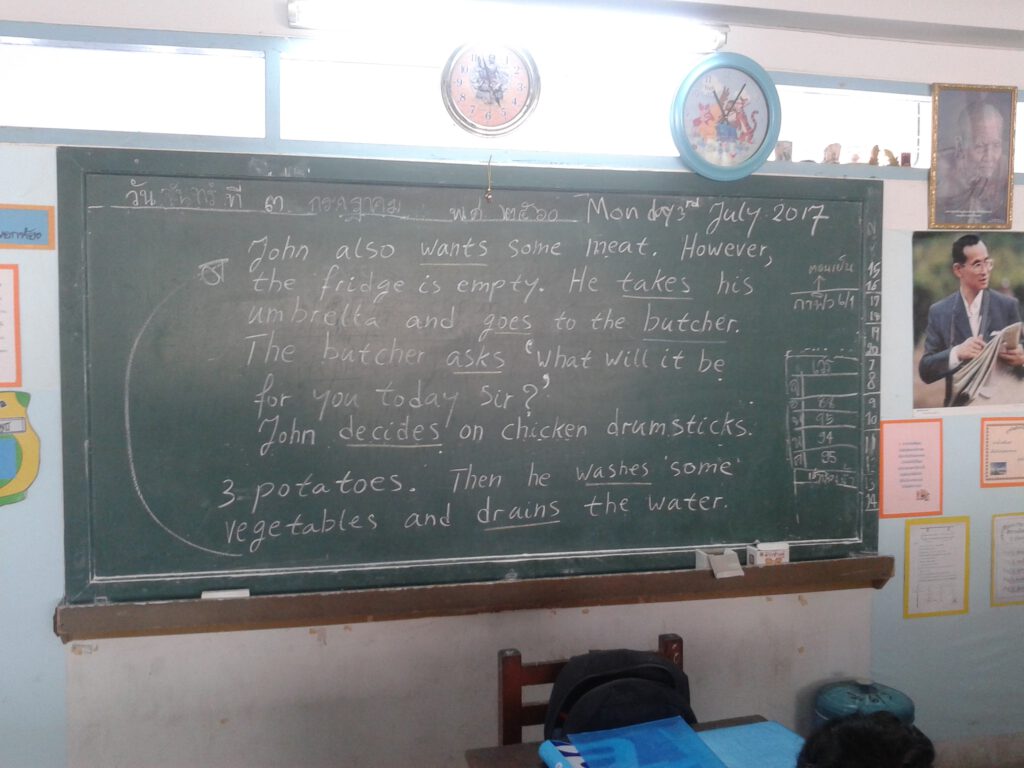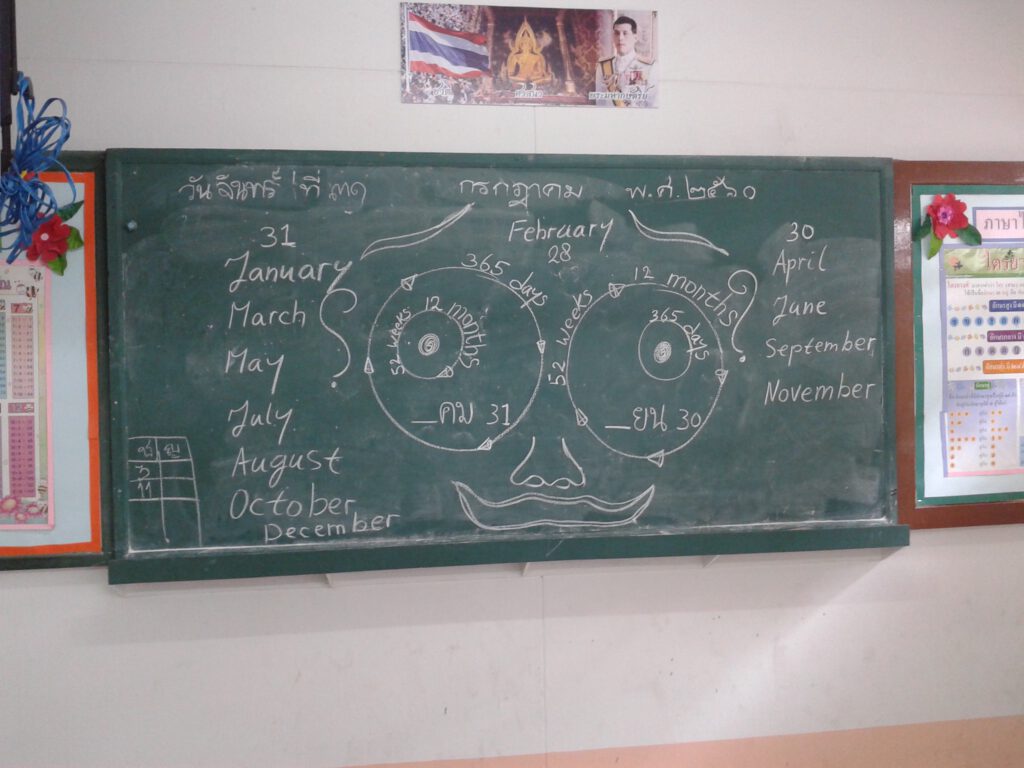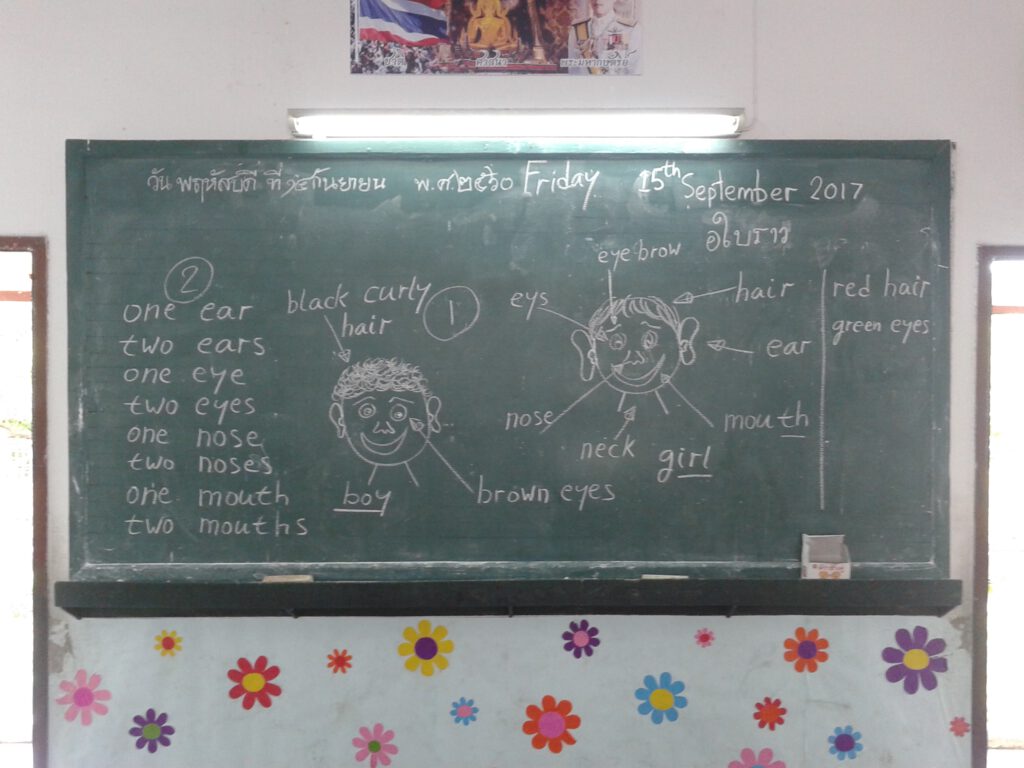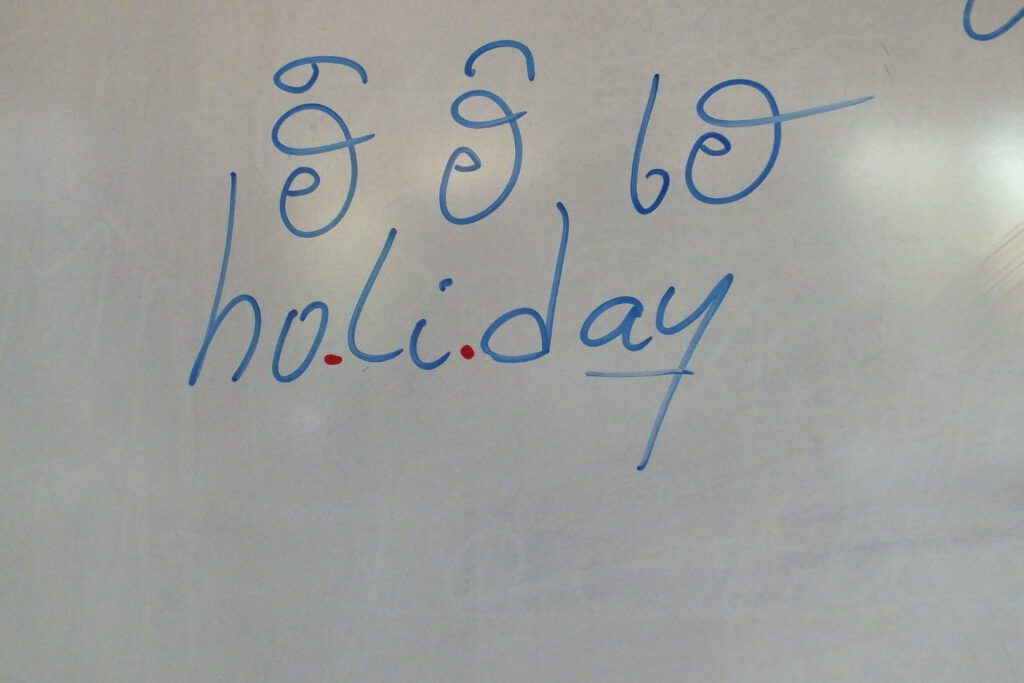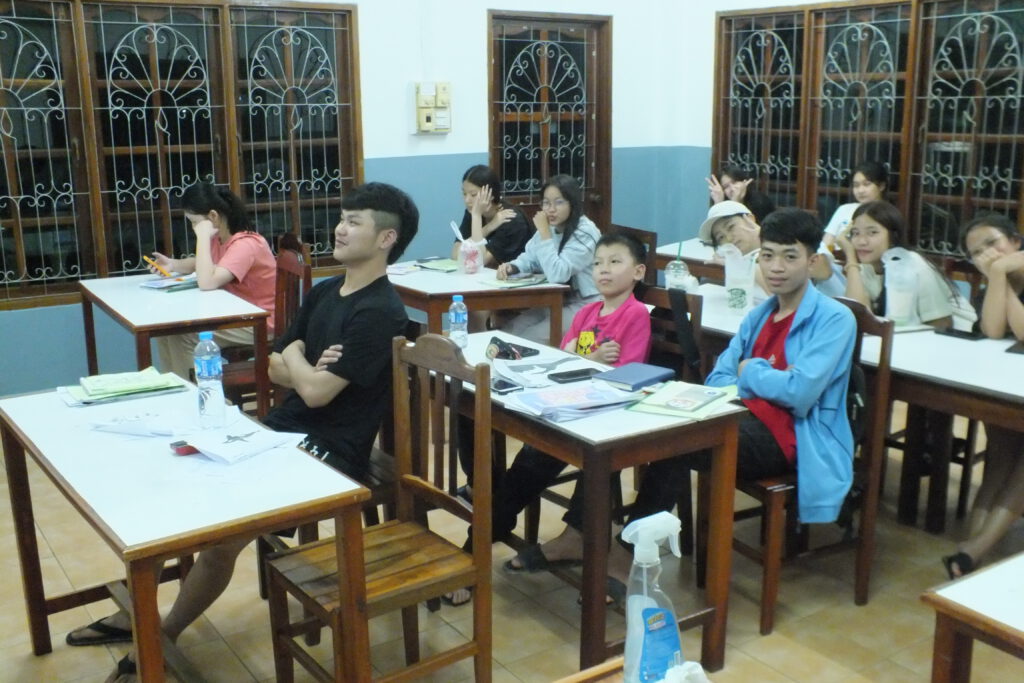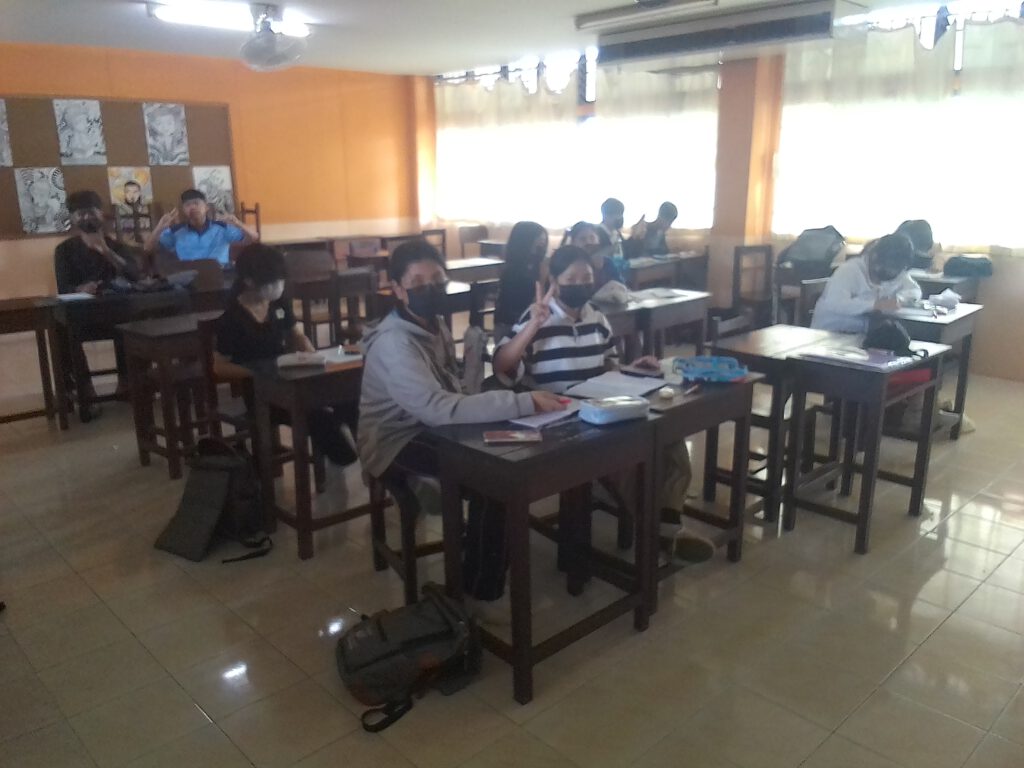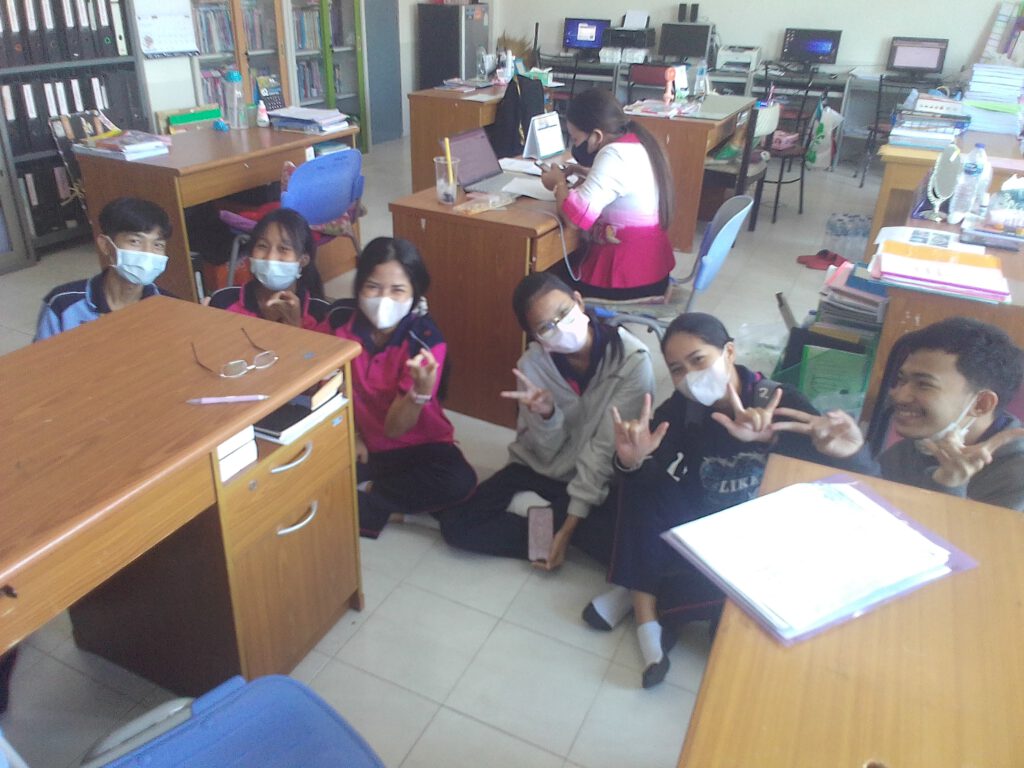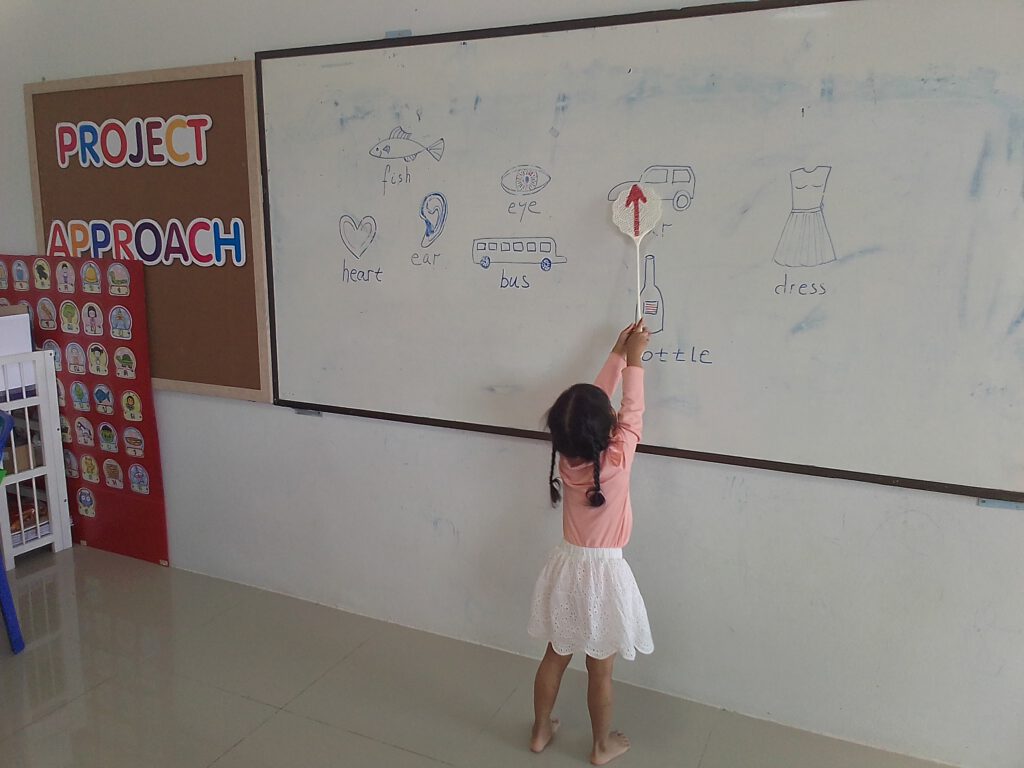Transcription of English syllables using Lao or Thai script
When I arrived in Vientiane last year in April, I went almost straight to the bookstalls behind Talat Sao and bought
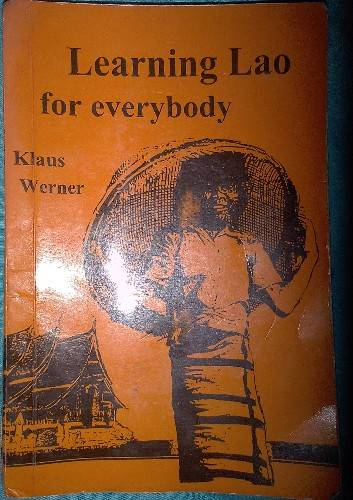
Learning Lao for everybody.
An excellent book originally
written in German by Klaus Werner.
ISBN 3-89416-340-2
Publisher:
Peter Rump Verlags GmbH
Hauptstraße 198
D-33647 Bielefeld
Germany

I taught myself how to transcribe English sounds using Lao script. It became one of my main tools when I was teaching Speaking and Listening at the Candlelight Academy. I had used that tool before when teaching at a technical college in HatYai Nai, Thailand.
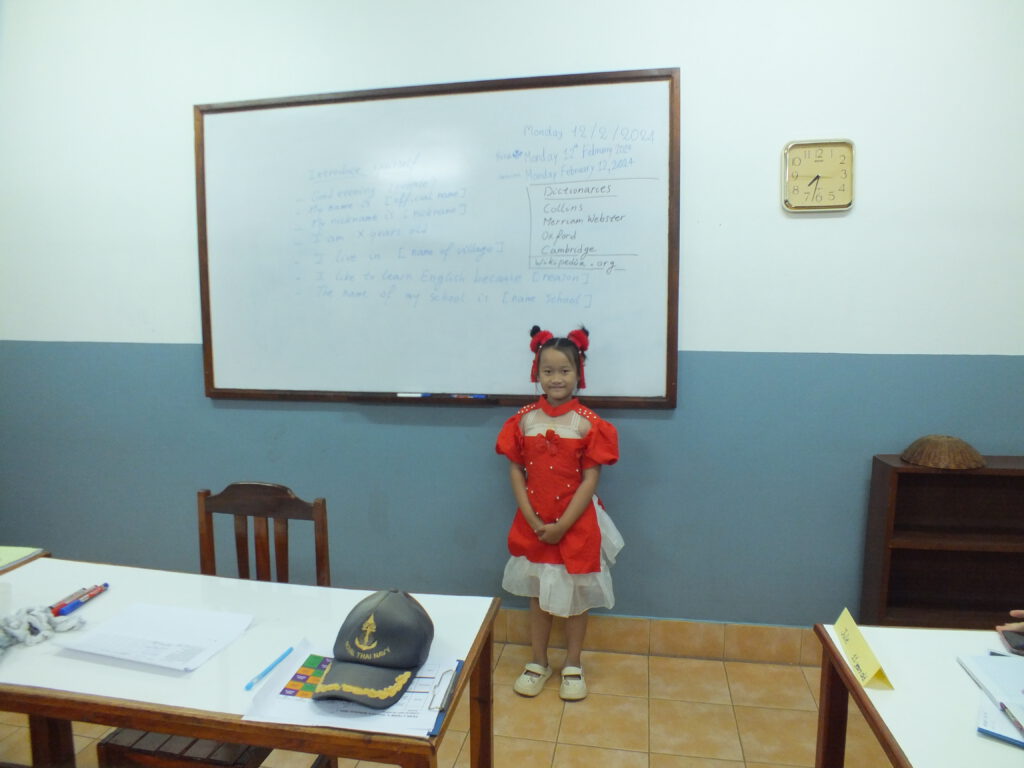
Transcribing sounds using a native script is often met with controversy. It shouldn’t be really as it is only a tool, just like using IPA.
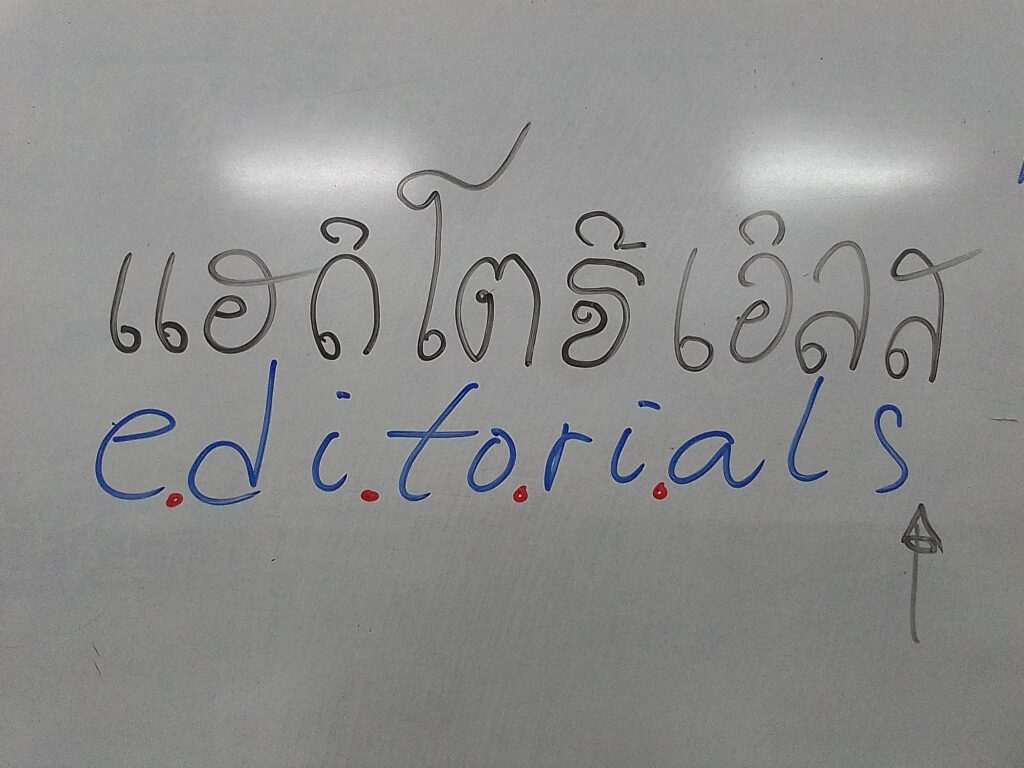
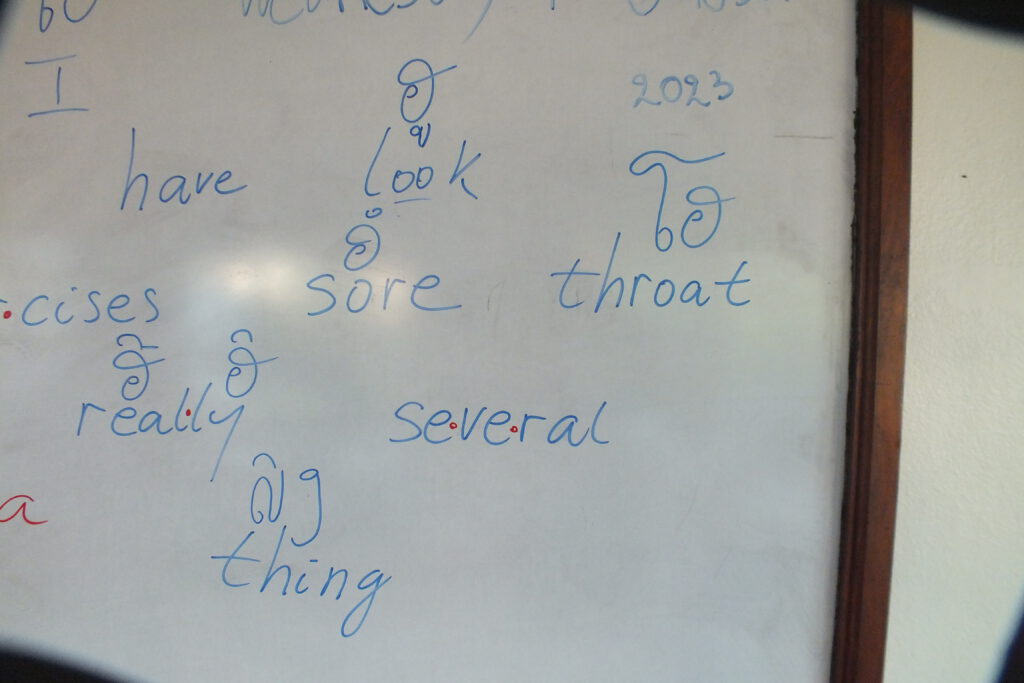

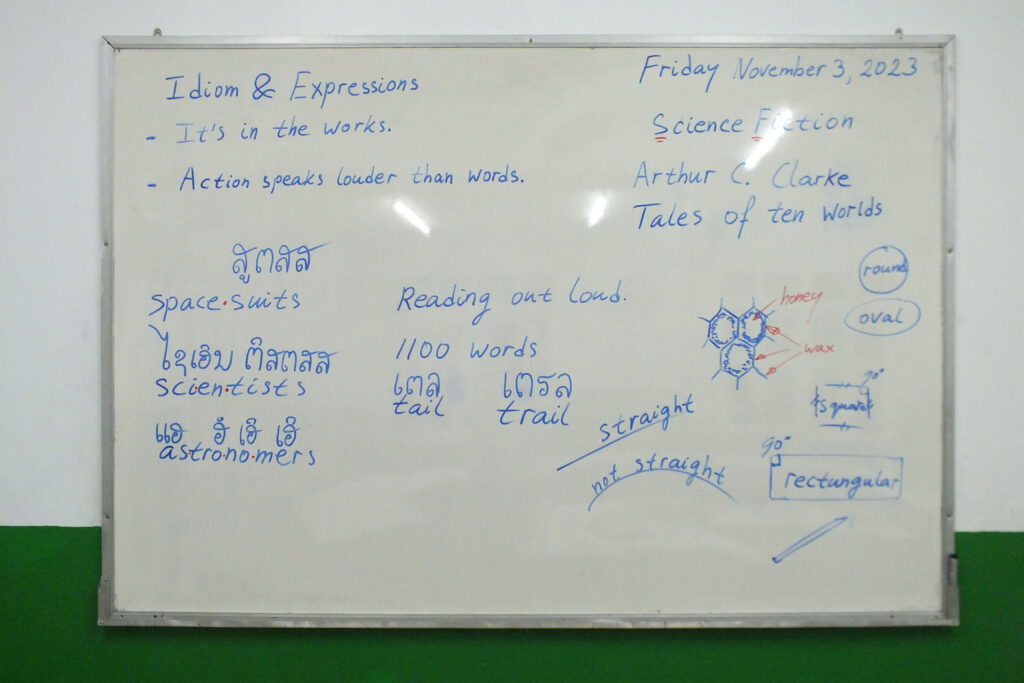

Using this tool is a two steps process. First you show your students how to split up a word in syllables using red dots. Then you write the sounds in their native script above them.
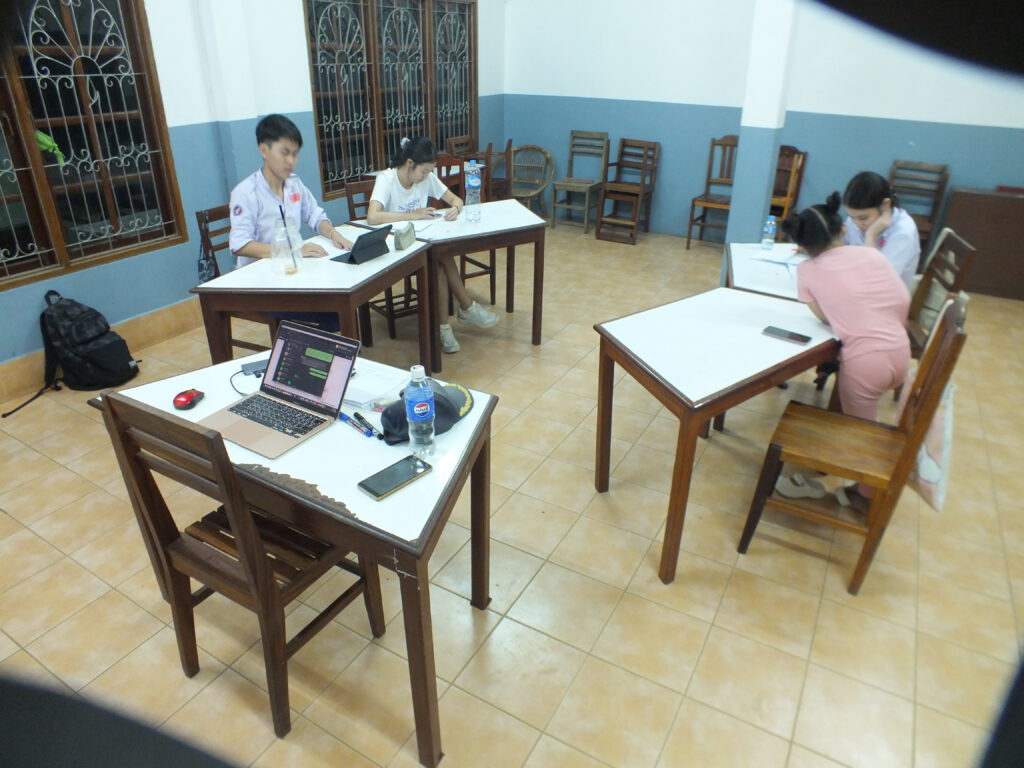
Even better … pronounce a given word from the list of new vocabulary very slowly to enable your students to distinguish between the various syllables that make up that particular word. Then you invite a student to split up that word according to the syllables they hear.

You, the teacher concludes by writing the sounds in their native script above the syllables. When complications arise it happens that you will need your students to help you writing the sounds. They will love to help you.
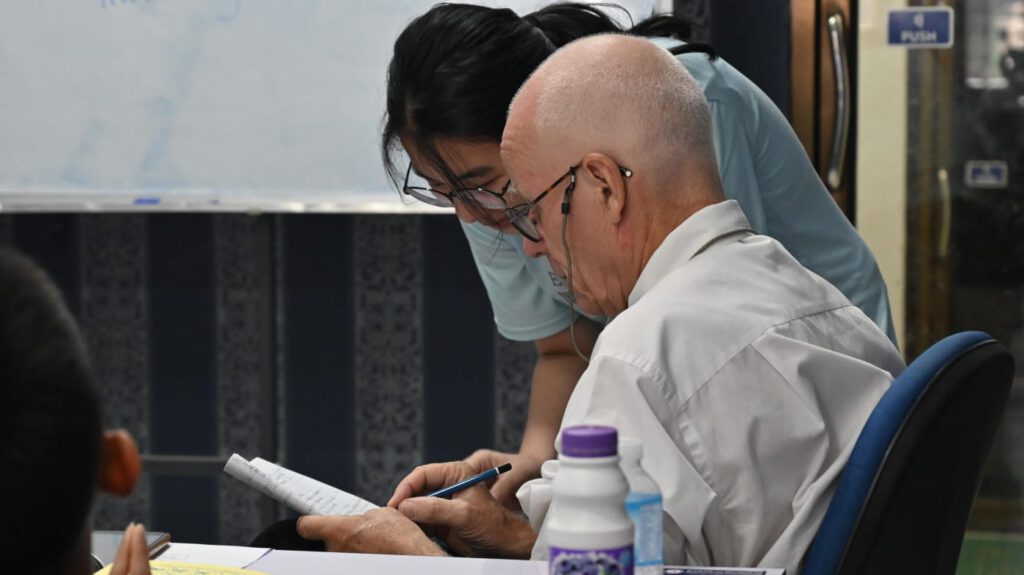
It’s not completely full proof. Some English sounds do not make part of their native language. Hence it becomes an impossible job to transcribe such sounds. The same is equally true for some of the sounds of the students’ native language.

The consonant V for instance causes trouble for local students because Lao and Thai speakers do not use that sound.
So it is for us when we are faced with pronouncing an NG (ງ [Laotian] or ง [Thai]) as the starting consonant. It needs to be practised extensively.

The word goes around that one should only speak English when teaching English. Alternating English with a bit of the respective national language is frowned upon and sometimes even strictly forbidden.
Foreign teachers are hence required to use the language immersion method at all levels and for all age groups.

Full attention for Teacher Walter
Please allow me to state my personal opinion on this doctrine imposed on us, the foreign native and near native speakers of English who teach in South East Asia as a gig or as a real vocation.
It is plain wrong! Total immersion only works wonders for children upon the age of about 10 years old — with some exceptions of course because there are always exceptions to any non-mathematical rule ^_^
It does however NOT work for teenagers, adolescents, and adults. Their native language development has already brought them completely outside the sphere of toddlers and young elementary school kids. You can teach them action words by immersion. Sure, you can. They expect and need however a lot more as they have lost the ability to acquire a language by simply being exposed to it.
So, online dictionaries, thesauruses, and teachers who can speak a bit of the local language and understand quite a bit more, are an absolute must.
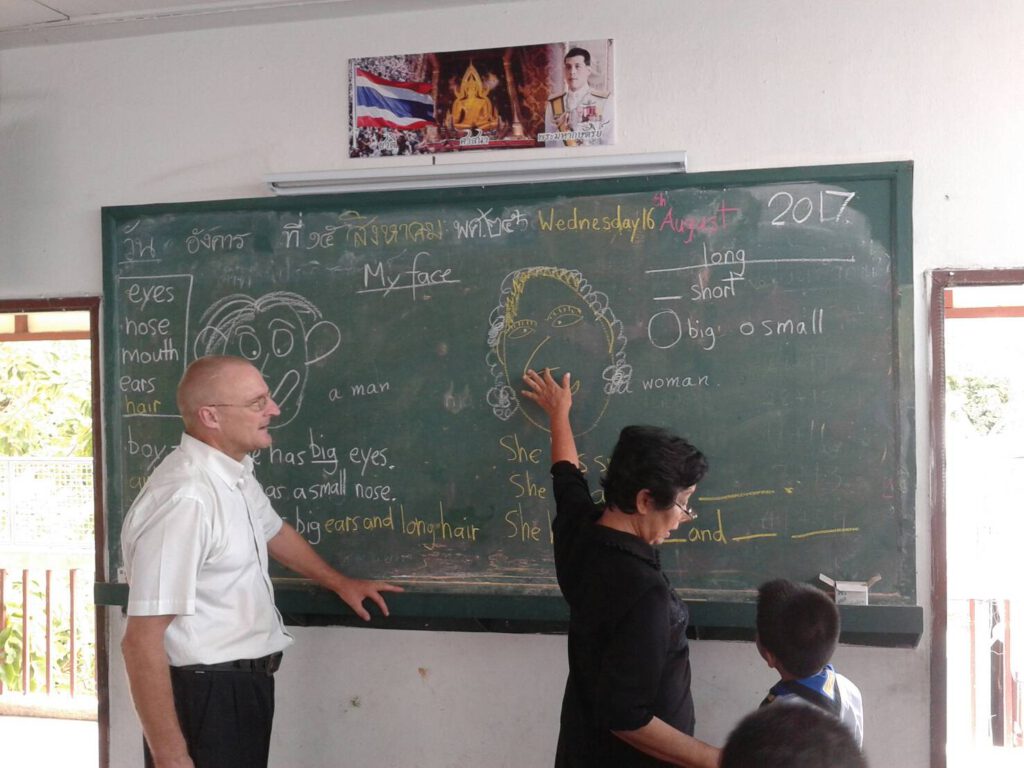
T. Mattana assisting T. Allister.
I hear you disagree and object: “But we have teachers who assist the foreign teacher!”.
Yes, some schools do assign local teachers to help the foreign teacher. Sometimes that works out really well. When the local teacher understands the foreign teacher at a more than basic level and actively participates you will have a team with added value.




